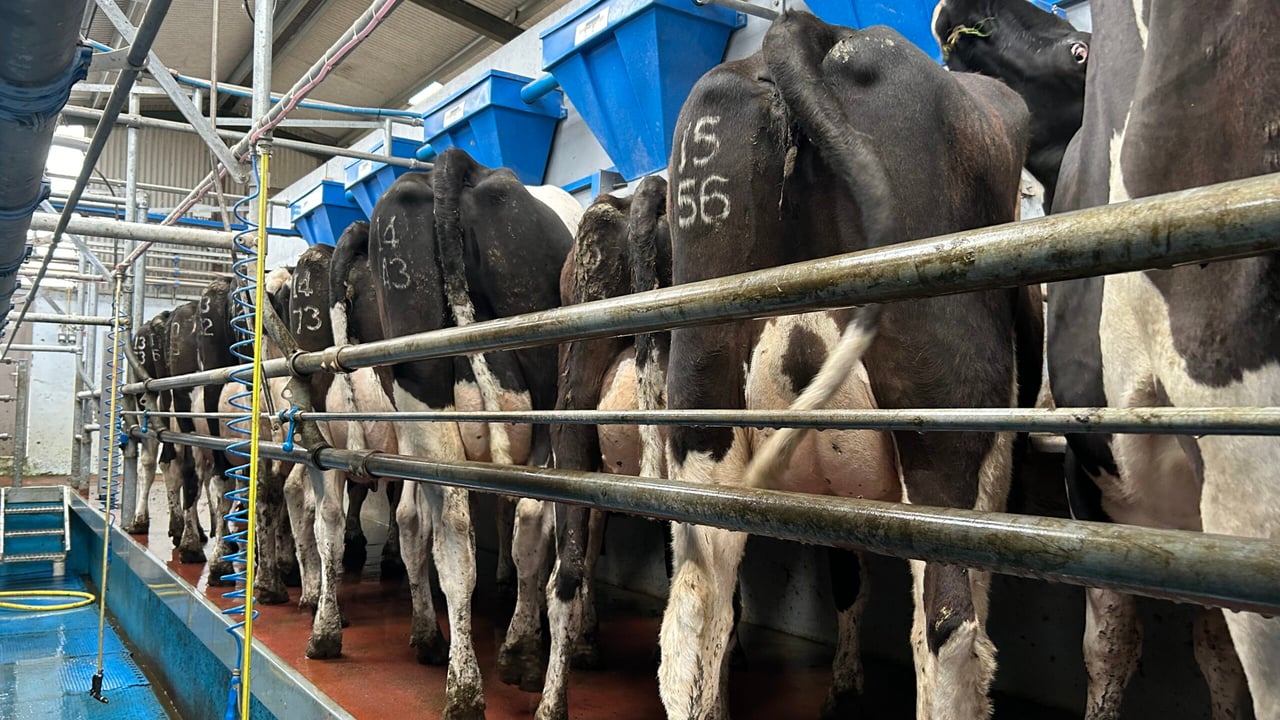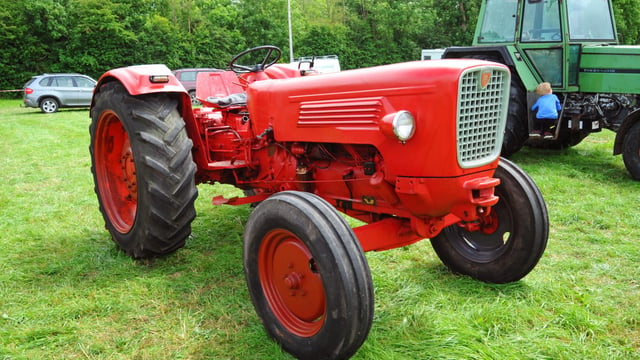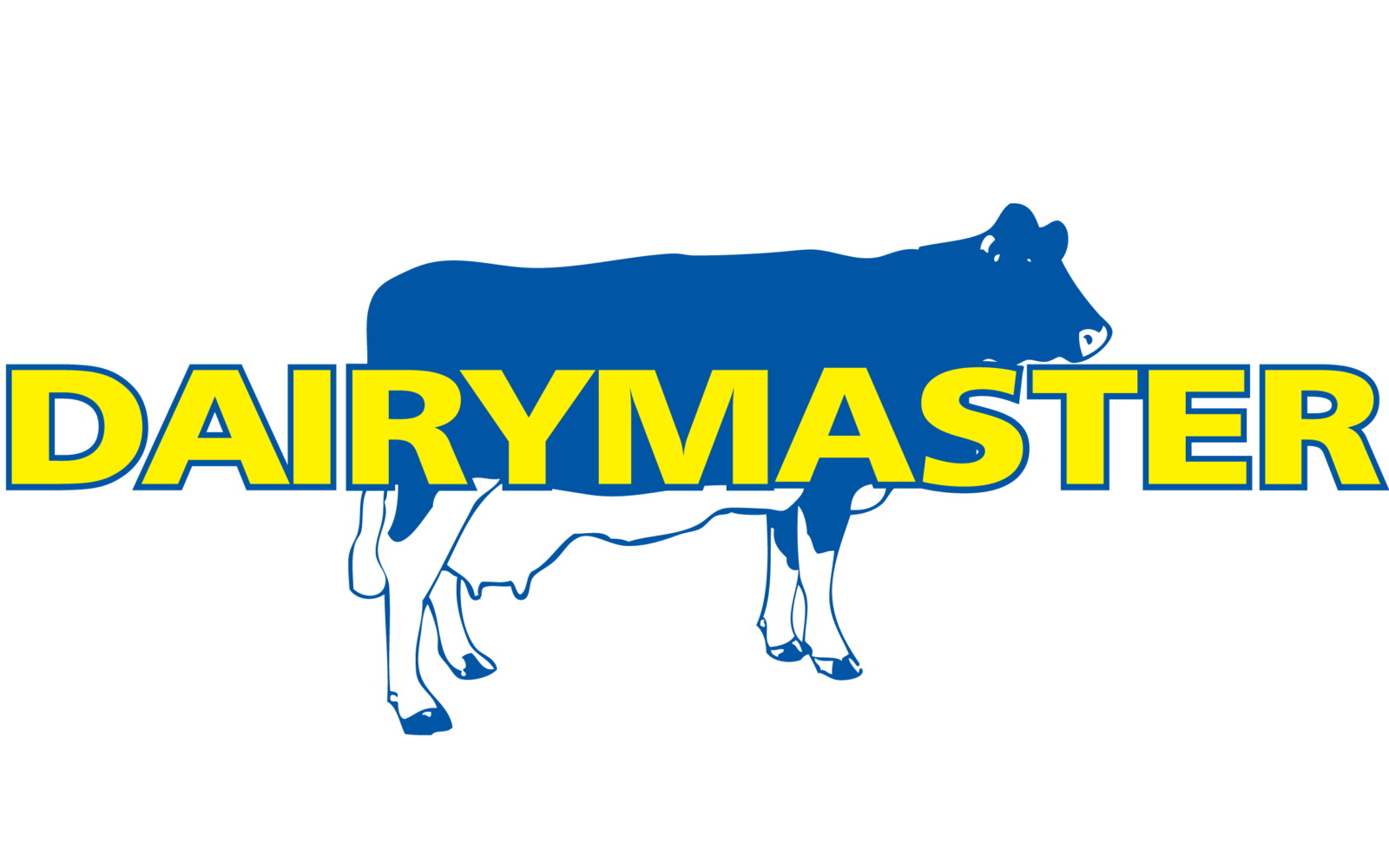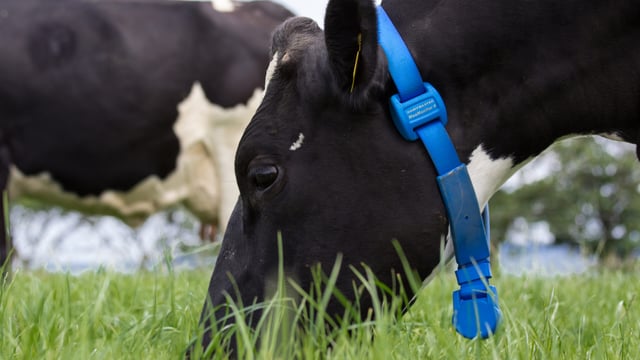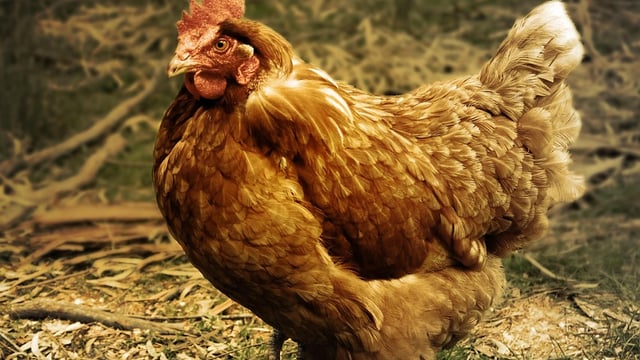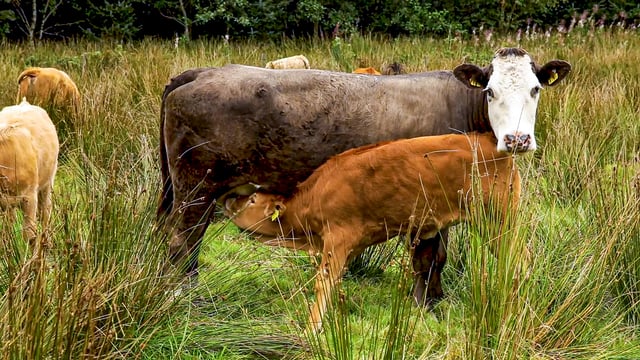Keeping mastitis infection at bay during calving season
As calving season progresses, cows are more susceptible to picking up infections like mastitis. This means extra care, diligence, and hygiene are needed during this period.
As cows calve down, their immune system is diminished, which means they are more susceptible to disease and infection and while their environment may be spotless, infection can still occur.
Bacteria can enter the teat ends and establish infections, particularly if high udder pressure opens up the teat canals or if udders are exposed to manure in their environment around calving.
This bacteria is often picked up in the calving area, which means it is crucial to keep that area clean with fresh, dry bedding that is constantly topped up.
Adequate space in the calving house is also crucial, in order to avoid cows being forced to lie down in dirty areas or on concrete.
Dry cows and springing cows need to be monitored fanatically, as having cows calve down on slats or cubicles must be avoided to minimise the risk of mastitis occurring.
If more than 5% of cows that calve in the first month pick up mastitis, this suggests that their environment is sub-optimal.
Non-lactating heifers are also susceptible to mastitis, and a heifer that calves down with mastitis is more likely to be culled during their first lactation.
A milk recording in the first 60 days of calving will give the farmer an idea of how well the dry-off period went and will point out the problem cows that need to be closely monitored.
Mastitis
When it comes to mastitis, early detection is critical as it reduces the likelihood of severe cases and chronic infections developing.
A California milk test (CMT) or stripping each quarter as cows calve down will give the farmer an idea of the state of each quarter.
By carrying out a CMT, you will be able to identify any mastitis infections and reduce the risk of it spreading to other cows in the herd.
For cows that have been monitored since calving and are not improving, farmers should send a sample from the infected quarter(s) to a laboratory to identify the pathogen that is causing the elevated SCC.
A sensitivity test will identify the offending pathogen and also identify the correct antibiotic to use as a treatment.
A mastitis treatment protocol should be developed through discussions with your vet and advisor to get a proper control of the problem.
In the case where over 20% of cases require a second treatment, the protocol should be reassessed.
It is vital for farmers to keep record of the cows that are going down with mastitis infection so that when it comes to their second, third, or fourth mastitis treatment, these cows can me marked for culling or at least marked to not breed off.
Based on whether they have clinical or subclinical mastitis, they should be separated from the herd, or their cluster must be thoroughly disinfected post-milking.
Bacteria may be transferred to the next five or six cows milked with that cluster. After milking, bacteria also multiplies on the teat skin and may extend to the teat canal.
Once the cow is milked, it is crucial to mitigate the spread of this infection by using the correct post-milking teat disinfectant of roughly 15ml/cow/milking, ensuring full teat coverage.

